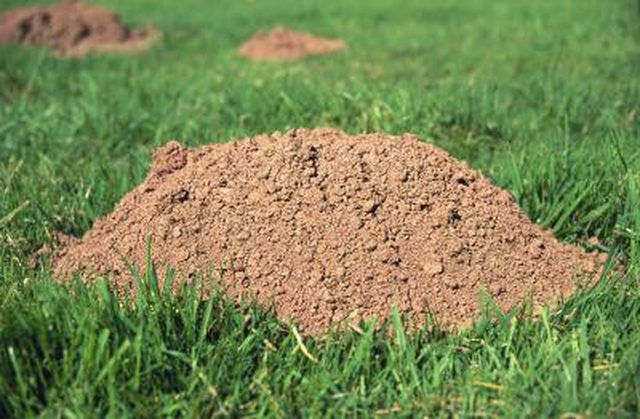Bulbs
Flower Basics
Flower Beds & Specialty Gardens
Flower Garden
Garden Furniture
Garden Gnomes
Garden Seeds
Garden Sheds
Garden Statues
Garden Tools & Supplies
Gardening Basics
Green & Organic
Groundcovers & Vines
Growing Annuals
Growing Basil
Growing Beans
Growing Berries
Growing Blueberries
Growing Cactus
Growing Corn
Growing Cotton
Growing Edibles
Growing Flowers
Growing Garlic
Growing Grapes
Growing Grass
Growing Herbs
Growing Jasmine
Growing Mint
Growing Mushrooms
Orchids
Growing Peanuts
Growing Perennials
Growing Plants
Growing Rosemary
Growing Roses
Growing Strawberries
Growing Sunflowers
Growing Thyme
Growing Tomatoes
Growing Tulips
Growing Vegetables
Herb Basics
Herb Garden
Indoor Growing
Landscaping Basics
Landscaping Patios
Landscaping Plants
Landscaping Shrubs
Landscaping Trees
Landscaping Walks & Pathways
Lawn Basics
Lawn Maintenance
Lawn Mowers
Lawn Ornaments
Lawn Planting
Lawn Tools
Outdoor Growing
Overall Landscape Planning
Pests, Weeds & Problems
Plant Basics
Rock Garden
Rose Garden
Shrubs
Soil
Specialty Gardens
Trees
Vegetable Garden
Yard Maintenance
How to Identify a Mole or Gopher
How to Identify a Mole or Gopher. Gophers and moles are two of the most common lawn and garden pests. Although some eradication and barrier methods work for both pests, others are specific to one -- so it's good to know thine enemy. Some simple observations will help you determine whether pocket gophers or moles are messing with your landscape.

Gophers and moles are two of the most common lawn and garden pests. Although some eradication and barrier methods work for both pests, others are specific to one -- so it's good to know thine enemy. Some simple observations will help you determine whether pocket gophers or moles are messing with your landscape.
Determine what they're consuming. Pocket gophers are rodents that eat bulbs, roots, grass and seeds. Moles are insectivores, which means they mostly eat earthworms and insects, although the Townsend’s mole might devour tubers and roots.
Examine the holes left in your yard, which indicate where the moles or gophers have been excavating their tunnels. Molehills are volcano-like, with a pile of earth thrown up in the center, then rolling down the sides. Moles often dig just below the surface, unlike gophers. Gopher mounds are flatter compared to mole mounds; they're fan-shaped with an exit hole on one side. Gophers usually plug their holes; moles usually don't.
Try to catch a glimpse of your yard pest -- although this is awfully hard. A mole has a short, velvety coat, a slender snout, paddle-like paws for digging, no visible ears and small teeth that are like needles. A gopher has large incisors that extend outside its mouth, smallish eyes and ears, and fur-lined cheek pouches used for carrying food -- thus the name pocket gopher.
Tips & Warnings
Moles and gophers are wild animals -- don't attempt to pick up a live one.